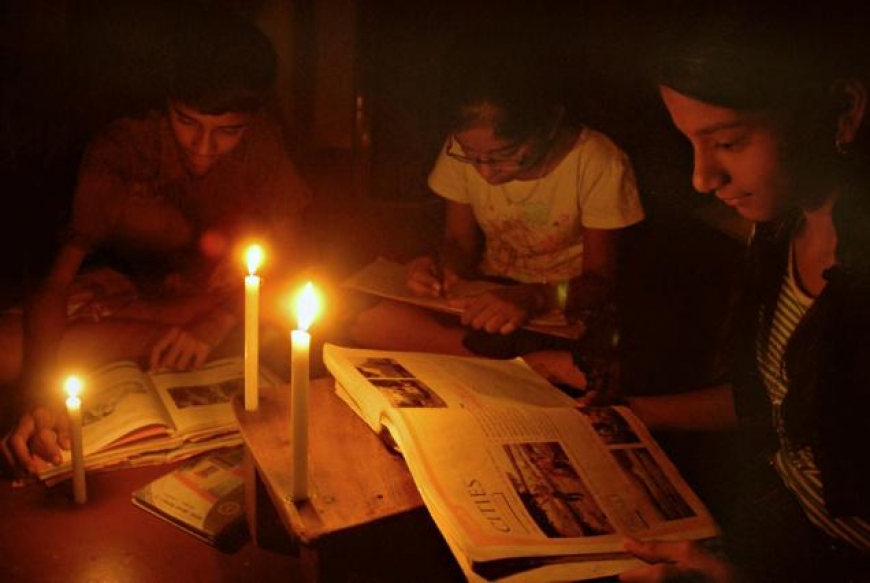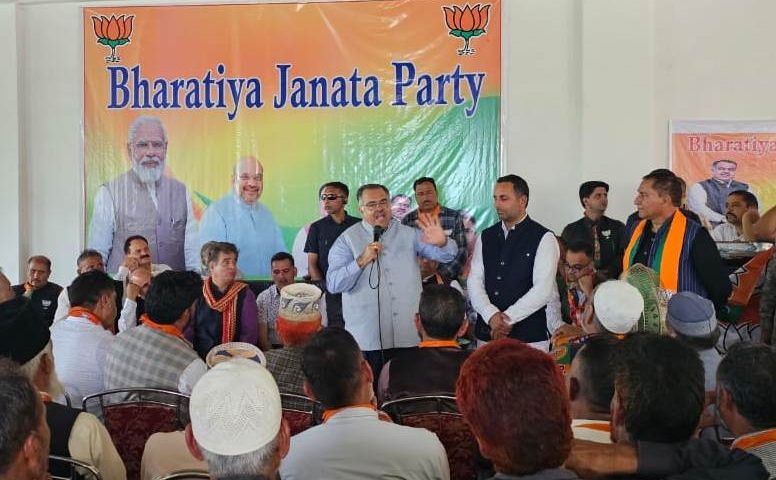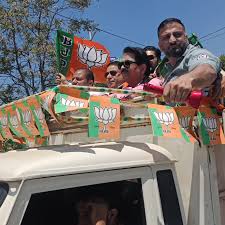As the winter season approaches, Kashmir finds itself amid an escalating power crisis. The Kashmir Power Development Corporation Limited (KPDCL) has issued a power curtailment schedule, yet the Valley continues to grapple with unscheduled and prolonged power outages, significantly impacting the lives of its residents and businesses.
This year’s power crisis has taken a turn for the worse, as even before the onset of the winter, Kashmir is experiencing protracted power cuts, leading to dire consequences for both individuals and commercial establishments.
According to the industrialists, the industrial output plummeted by over 50 percent, exacerbating the challenges already faced by the region’s businesses due to pesky power cuts. Furthermore, patients, particularly those with chronic obstructive pulmonary disease (COPD) who rely on oxygen support machines, are grappling with acute problems caused by frequent power cuts.
KPDCL officials have cited the discrepancy between the available power supply and the surging demand as a major factor contributing to the ongoing crisis.
The situation has left residents and business owners frustrated, pointing fingers at the government’s failure to upgrade the power infrastructure. “It’s the worst power crisis I have seen in the last two decades. Even in autumn, we are facing unscheduled power cuts. Ironically, the government is providing us with figures about losses and placing blame on the people, but shying away from fixing responsibility on itself for having failed to upgrade the power infrastructure,” said Abdul Ahad, a Srinagar resident.
The business community is also feeling the brunt of this issue, with modern equipment rendered non-functional in the absence of electricity.
President of the Kashmir Trade Alliance, Aijaz Shahdhar said, “The losses incurred by businesses continue to mount, and industries are struggling to pay their employees’ wages.” Expressed his concern, he said, “We feel like we are living in the Stone Age as all our modern equipment is rendered dysfunctional without electricity. Business losses too are piling up, and industries have to face idle wages.”
The situation is even grimmer in rural areas, where residents are enduring power cuts, lasting over 10 hours. While KPDCL has issued a curtailment schedule for Srinagar, specifying 4.5 hours of power cuts in metered areas and 8 hours in non-metered areas, many locals said that even this schedule was not being adhered to.
According to a senior Power Development Department (PDD) official, there is a daily shortfall of over 1000 MW in J&K, compelling the department to implement prolonged power cuts, especially in Kashmir.
Adding to the frustration is the fact that frequent power cuts coincide with the installation of smart meters, causing residents to cast the blame on the administration for not delivering on its promise of uninterrupted power supply.
With winter fast approaching, the power crisis is likely to deepen unless the administration arranges for additional power supply. Jammu and Kashmir’s reliance on external power sources has also come under scrutiny, with official data revealing that power purchases from external power distribution companies (discoms) have cost a staggering Rs 63,000 crore over the past 11 years, despite the region’s substantial hydropower potential.
As the power crisis intensifies, residents and businesses in Kashmir eagerly await a sustainable solution to alleviate their ongoing hardships and ensure a reliable power supply during the approaching winter months.






